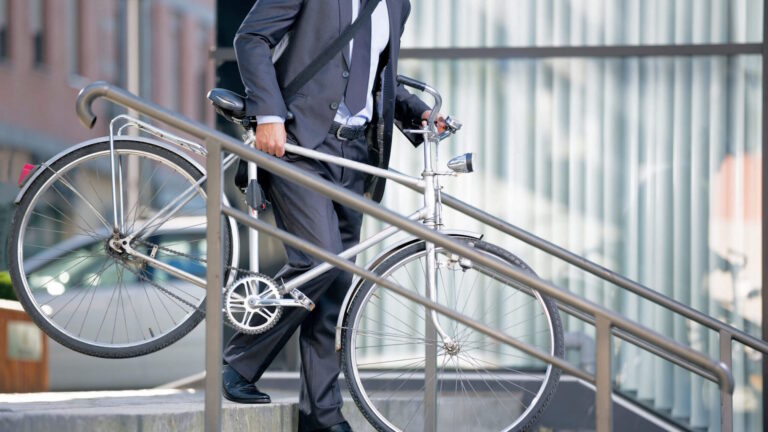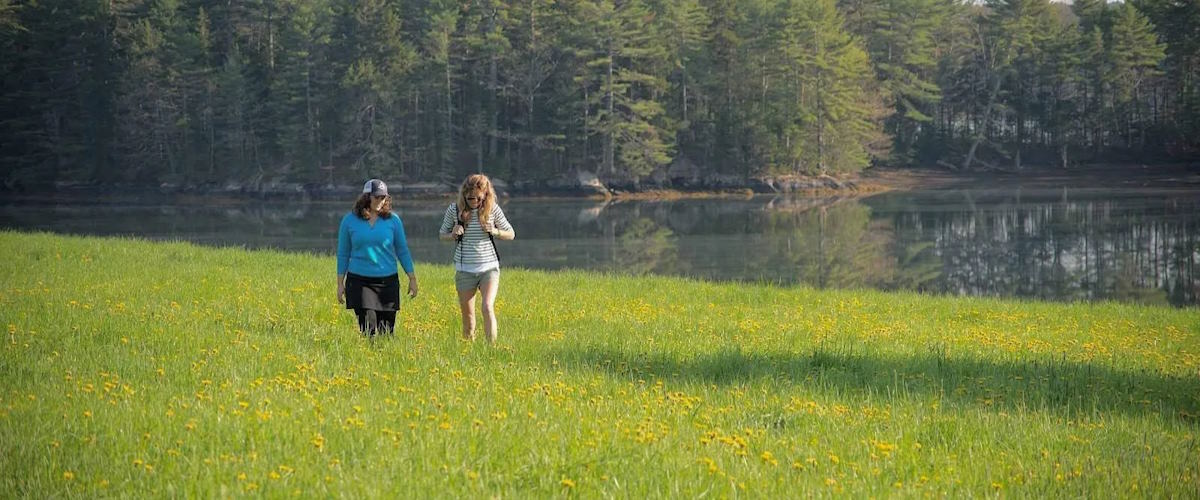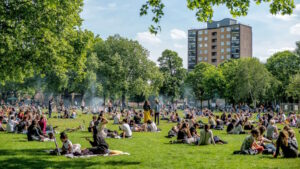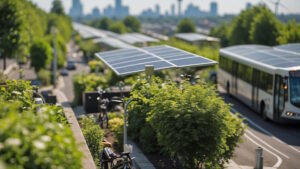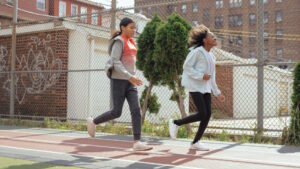One of the most significant ways that people of all ages and capacities may enhance their health is via physical activity. It’s not always simple to provide accessible recreational options, but the work is worthwhile. Adaptive equipment and programs created especially for those with impairments are just two examples of how to make leisure more inclusive. It’s also critical to provide accessibility in public spaces for active living, personnel with training to assist those with disabilities, and foster an inclusive atmosphere.
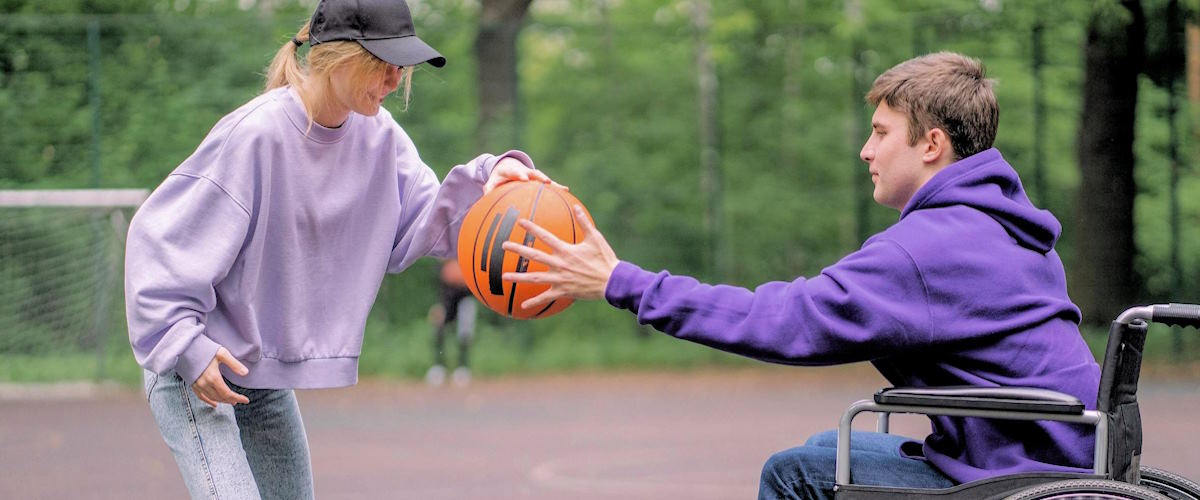
Benefits of recreation in communities
Communities can gain from recreation in a variety of ways, but the following are some of the more significant ones:
- Enhanced physical well-being and health
- An increase in social contact and engagement
- increased growth and economic activity
- better quality of the environment
- Increased sense of identification and pride in the community.
Recreation may aid in enhancing both physical and mental health, which are equally vital. By uniting individuals and creating a sense of belonging, leisure may improve communal cohesiveness. Engaged citizens are more likely to feel they are part of the community.
Every outdoor company needs to have an inclusive policy.
Every year, millions of individuals with disabilities visit national parks, yet only 2 out of 5 parks and recreation organizations have a clear inclusion strategy and community engagement through accessible sports. For the benefit of the entire community and those with disabilities, inclusion is essential in national parks and outdoor spaces. Because of their inability to accommodate people with disabilities, national parks, partners, and concessioners, building active, supportive neighborhoods and gateway communities are losing a significant amount of money and reputation. Outdoor areas and adventure programs have the power to completely transform what it means to be inclusive when paired with the proper government funding, education, and collaborations.

